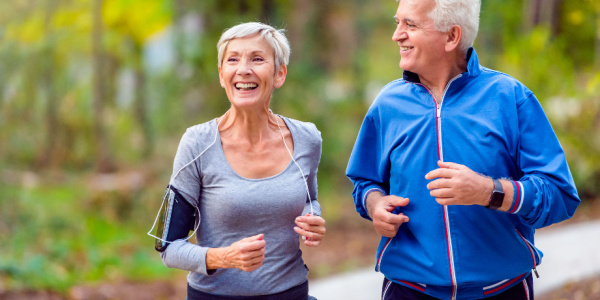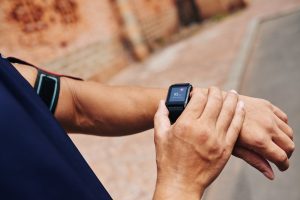Physical activity is extremely important, especially as we get older, but what is the best way to exercise as we get older? A study by researchers at Nanyang Technological University, Singapore (NTU Singapore) has found that older adults who exercise with their spouse achieve lower levels of physical activity than older adults without their partner. In the study of 240 participants in Singapore aged between 54 and 72, the researchers also found that those who received personal feedback from their fitness trackers were more active than those who did not.
Why Couples Should Not Do Sports Together
As people get older, encouraging healthy ageing, for example through physical activity, is becoming increasingly crucial. The results of the NTU study suggest that it may be more effective to encourage older adults to exercise individually, according to the researchers. In addition, it may be more advisable to focus on changing their own routines rather than trying to exercise as a couple and forcing changes on their partner. The study was published in October 2023 in the International Journal of Human-Computer Interaction. The research into active ageing is in line with the University’s research focus on health and society as part of the five-year strategic plan NTU 2025.
To study the effects of exercising with a spouse and real-time fitness feedback on physical activity in older adults, NTU researchers gave 240 participants a fitness tracker that records information such as the number of steps taken, heart rate, distance traveled, calories burned, minutes of activity and sleep data. The participants were all married, living with their spouse and aged between 54 and 72. They were then divided into four groups: two groups of 30 couples each, who exercised as a couple, and two groups of 60 people each, who exercised without their spouse. Half of these participants (30 couples and 60 individuals) received real-time feedback from their fitness trackers, while the other half had the real-time feedback from the trackers disabled. Over a 12-week period, they recorded how consistently the participants met the daily thresholds of 5,000, 7,500, 10,000 and 15,000 steps, as well as the average and median number of steps per day.
Previous intervention studies have found positive effects on activity levels in older adults who exercised with a peer or partner. In contrast, this study found that subjects who participated in the study as a couple had lower mean and median step counts. They also reached the high daily step counts of 7,500, 10,000 and 15,000 less frequently than those who participated alone and without their partner. The researchers assume that a higher level of physical activity would require a greater change in the couples’ lifestyles and would therefore be more difficult to achieve. These findings suggest that encouraging older adults individually to make behavioral or lifestyle changes, such as physical activity, may be more effective than encouraging couples to do so.
The Benefits of Fitness Trackers in Old Age
But even if some studies suggest that older people exercise better on their own: What exactly is the situation with fitness tracker use in old age? While wearable activity trackers are popular gifts for older adults, research suggests they may not be used for very long. While it’s counterintuitive, competition with family and friends decreases the likelihood of long-term use among older adults, perhaps because they find it demotivating. Researchers conducted a survey of adults aged 65 and older to examine factors associated with long-term use – longer than six months – of wearable activity trackers. They examined usage patterns, socioeconomic factors, health status and activity levels.
The study, published in the journal Telemedicine and e-HEALTH, found that older adults are likely to use the trackers for longer if they use a wider variety of features to monitor their health and activity levels. Examples of such features include monitoring calories burned, distance, heart rate, mood, sleep duration, steps, etc. Other factors that are crucial for long-term use include being female, having a good education, wearing the watch daily, exercising regularly and not suffering from chronic diseases. So what can the industry learn from the study? First of all, manufacturers should incorporate activities that are specifically suitable for older people, such as swimming and gardening, into the trackers. And as with younger users, the appearance of the trackers is important to older people, which is why large and bulky devices don’t work.






